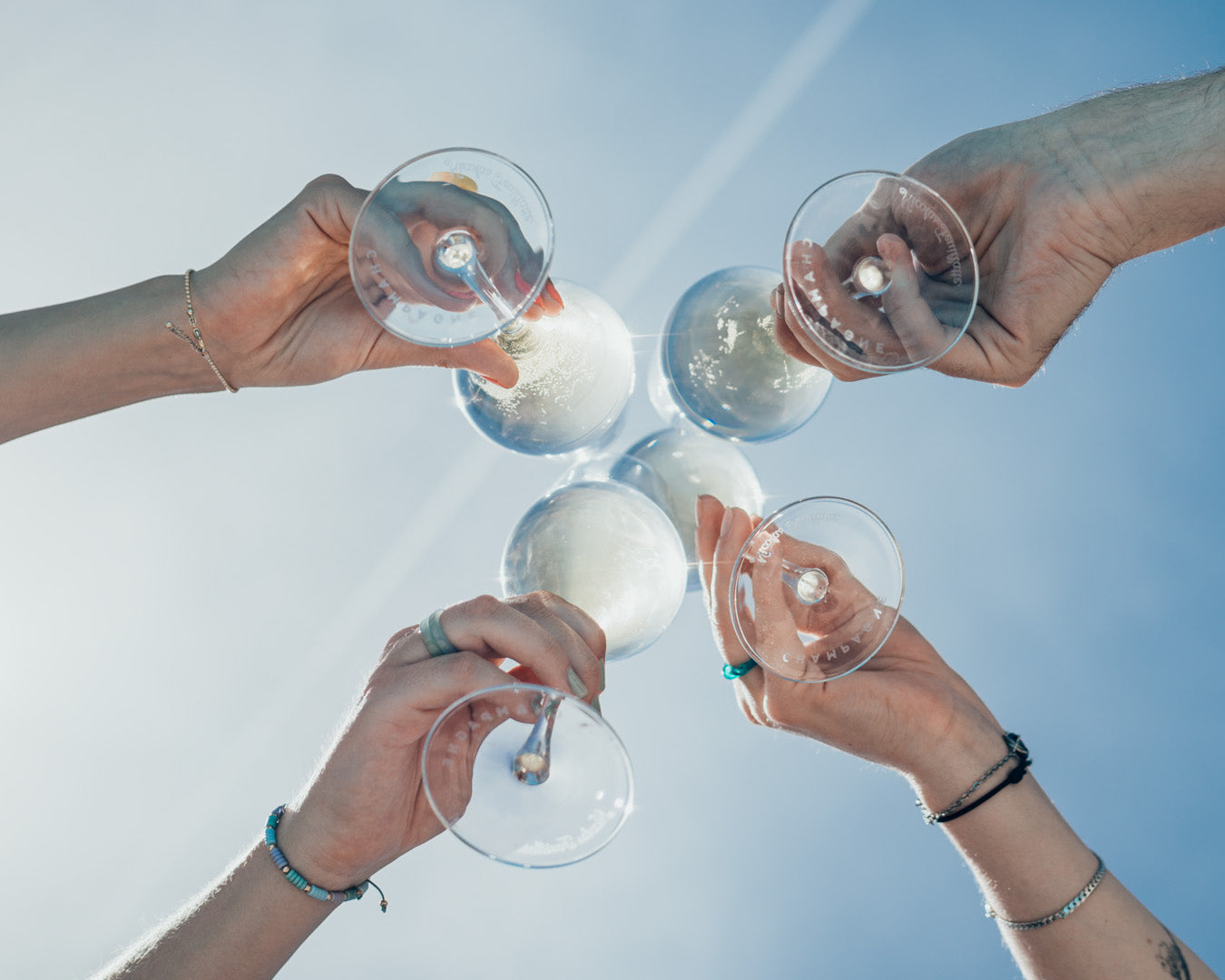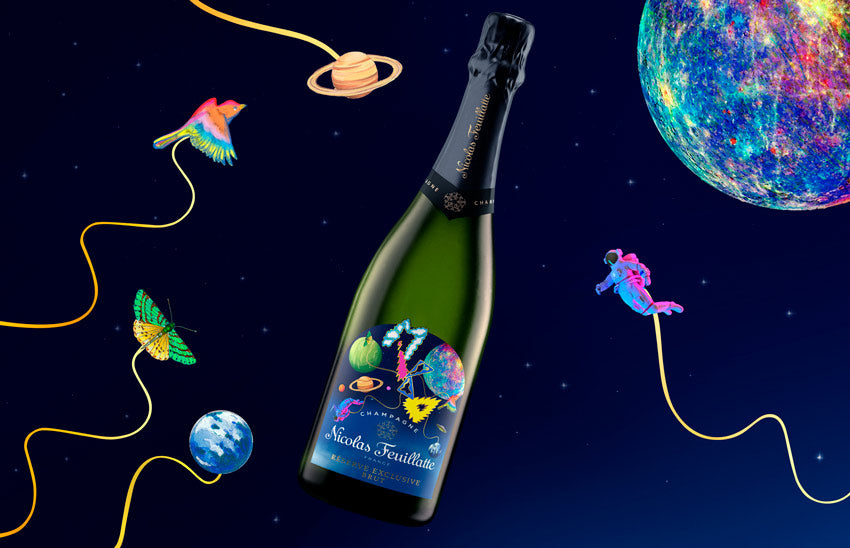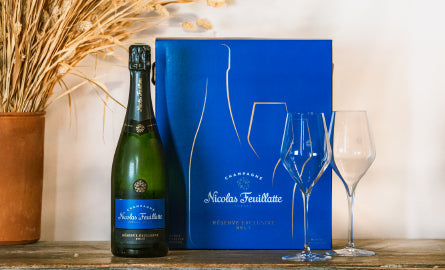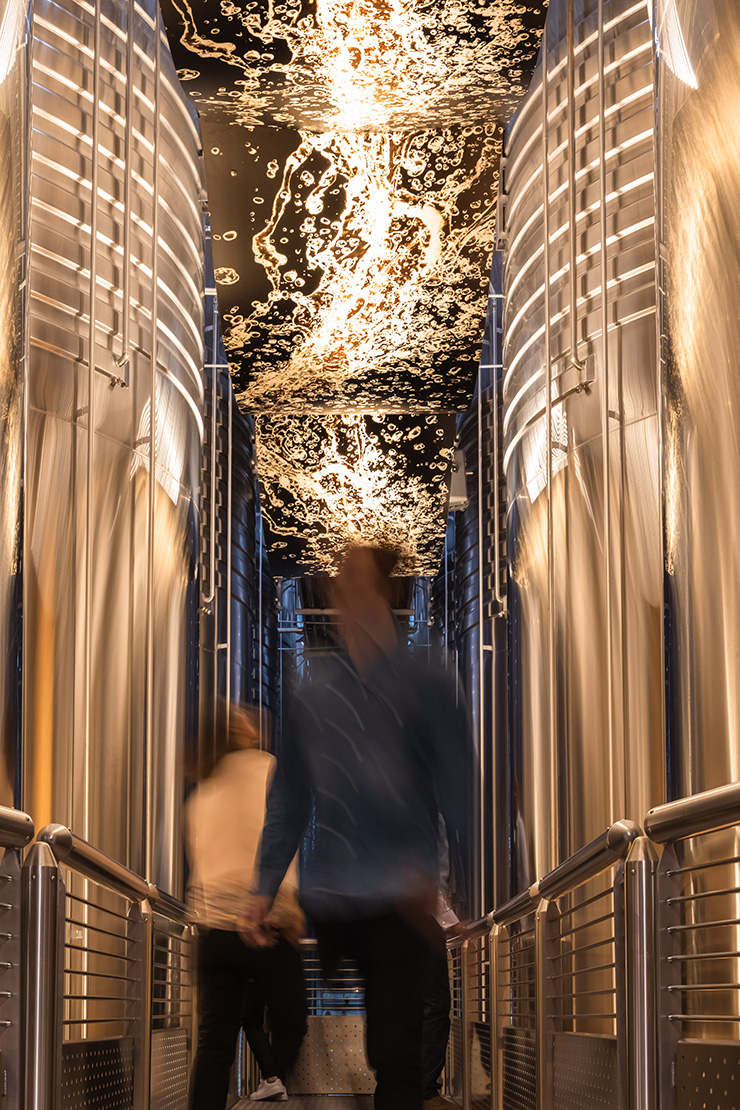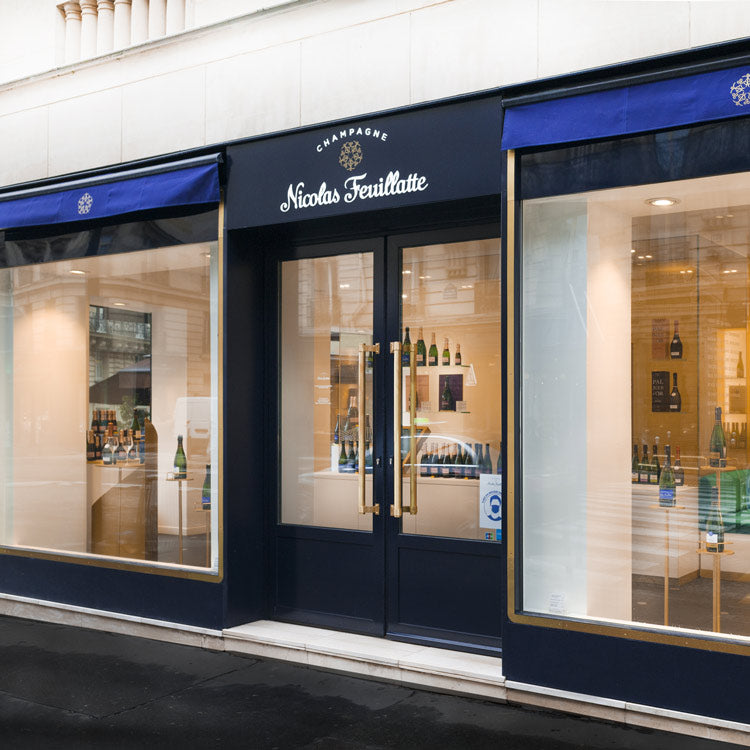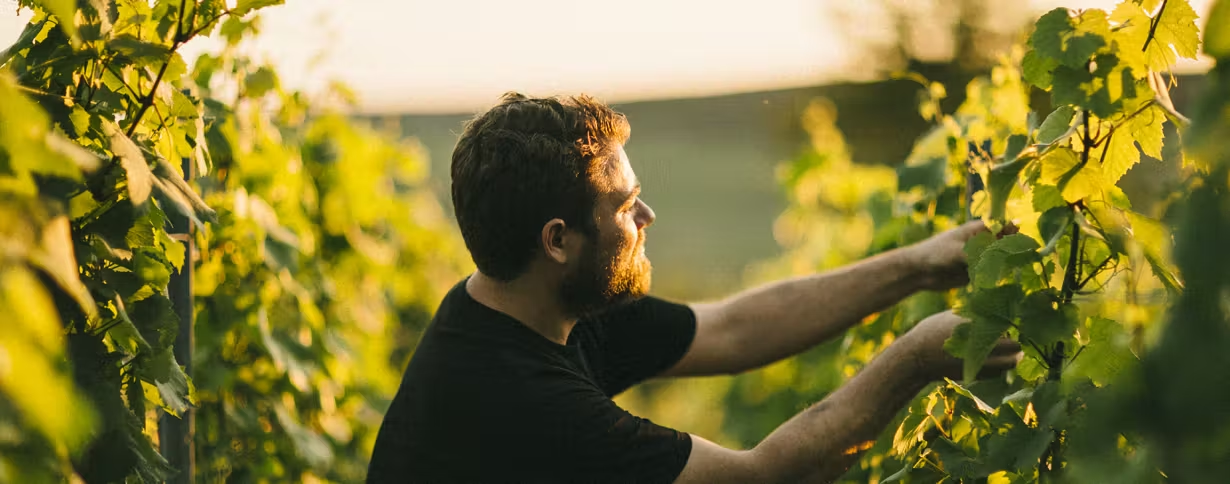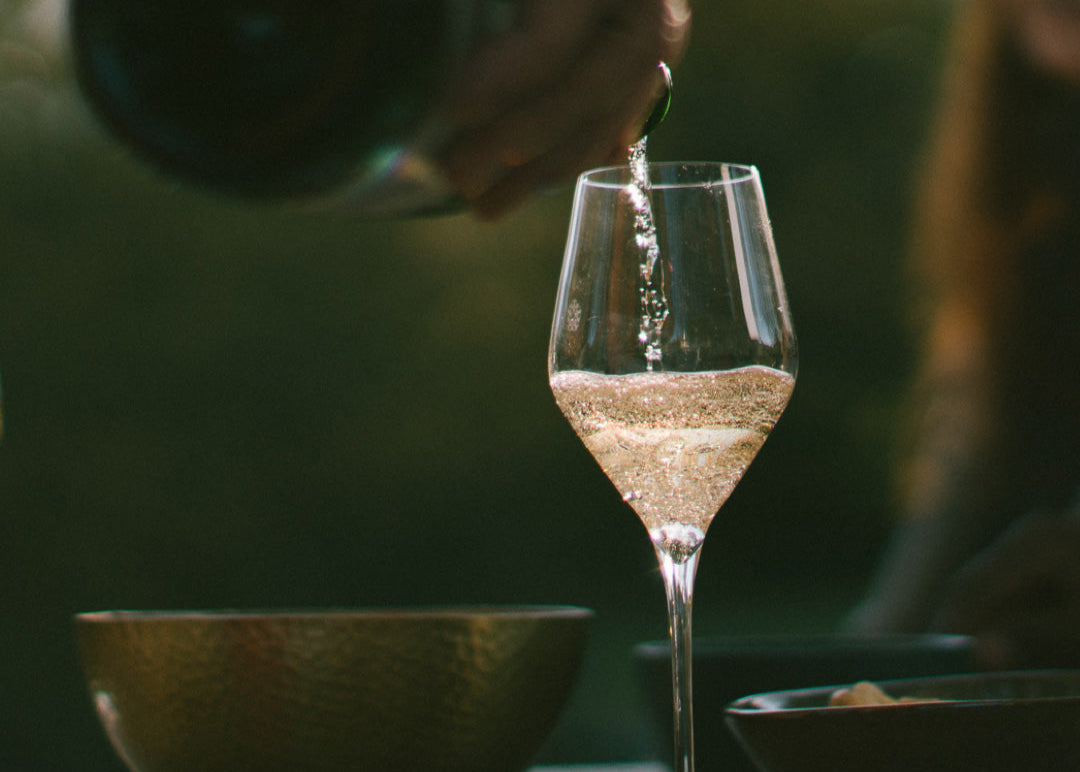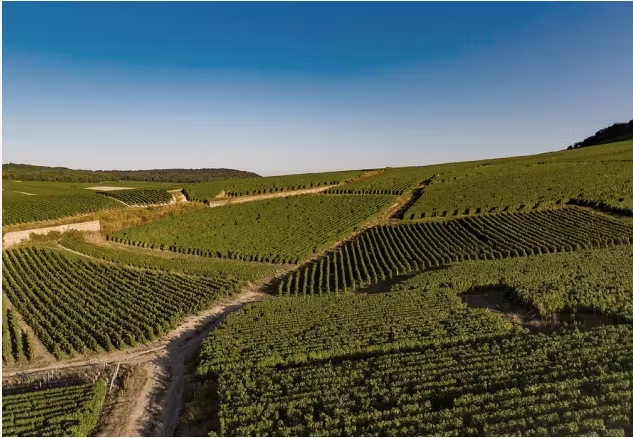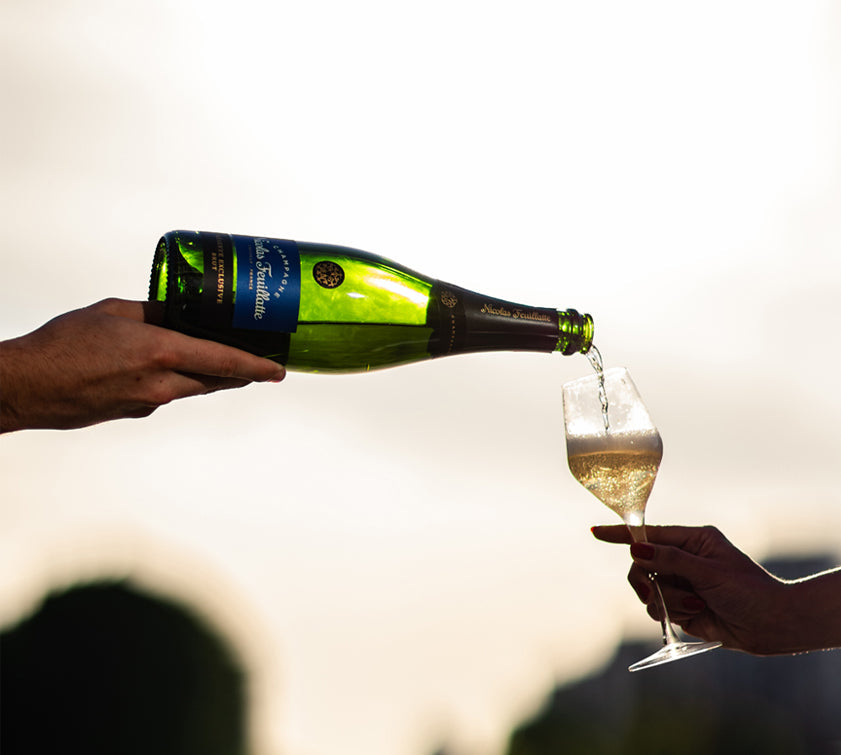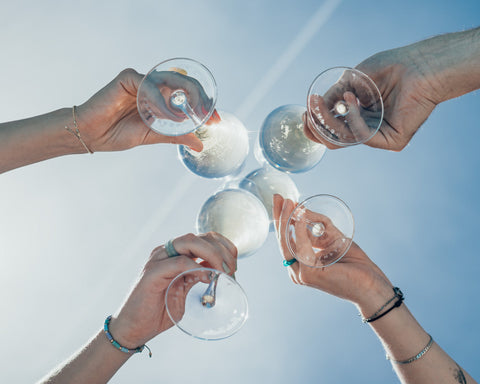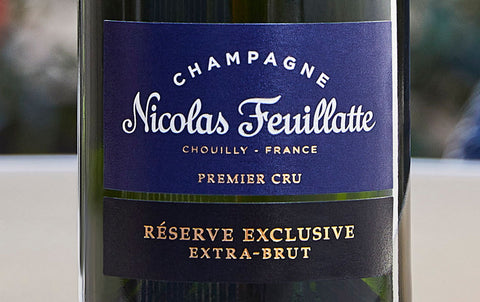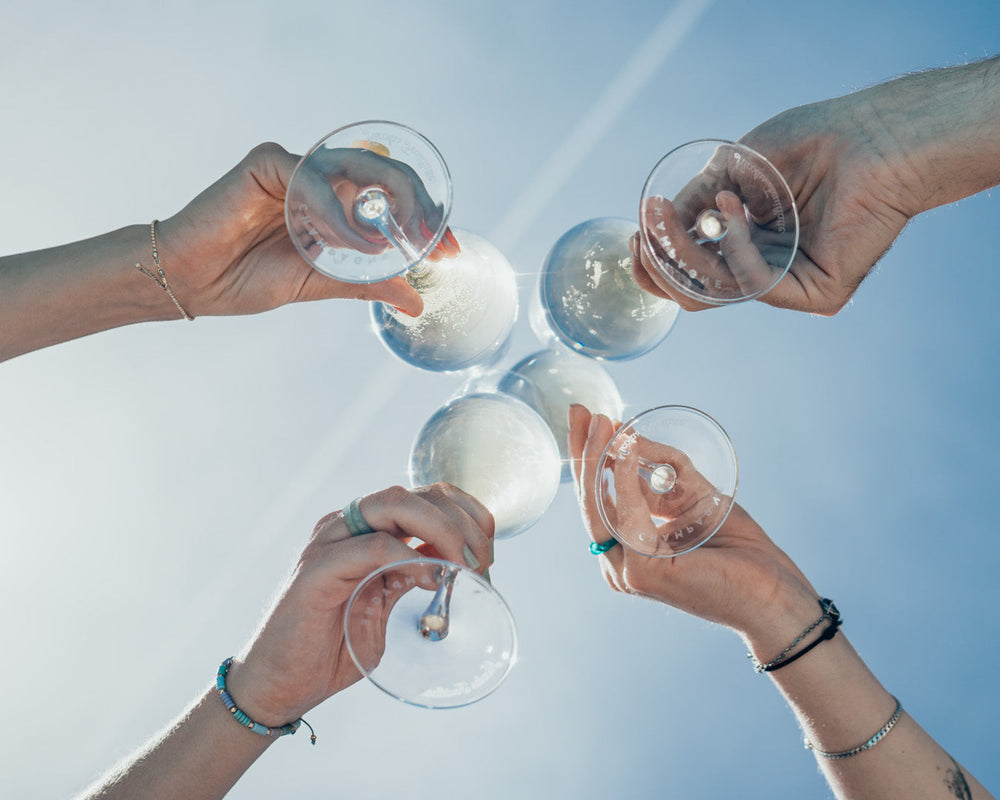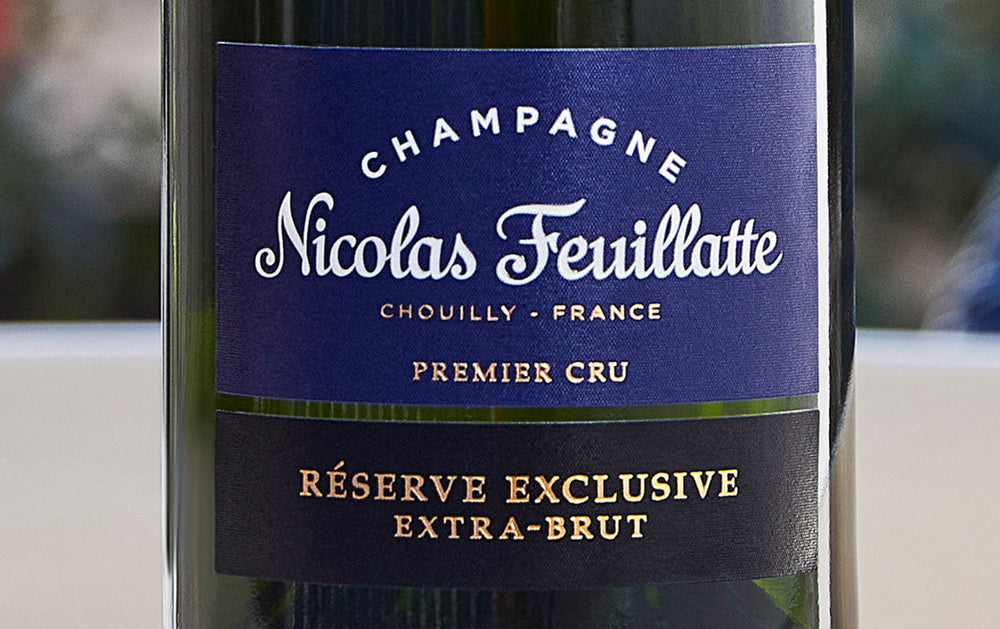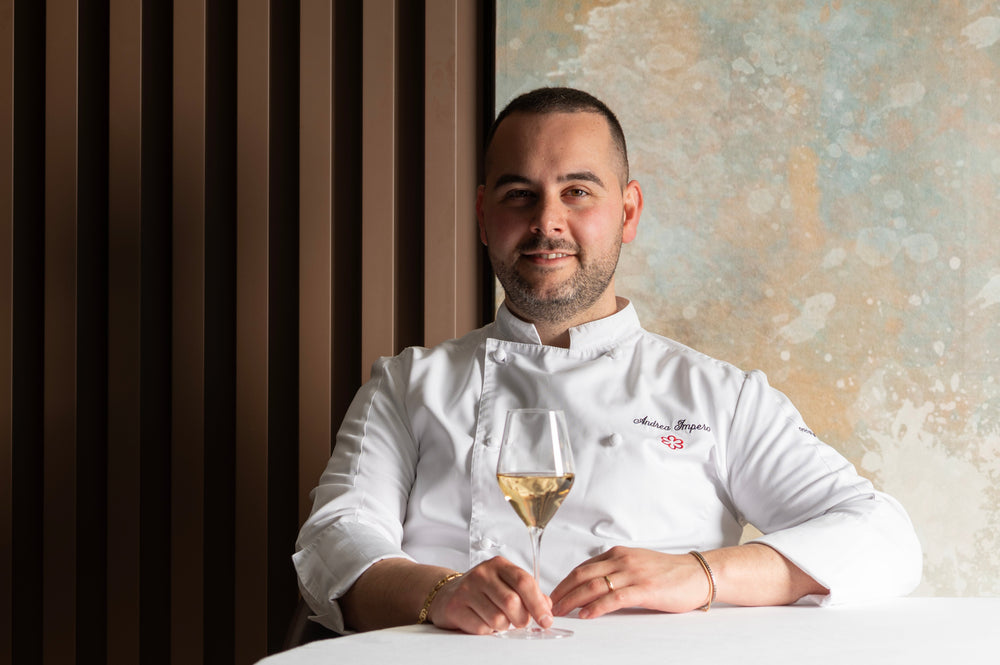Tasting champagne is an art whose mastery is recommended to fully appreciate its fine bubbles. You don't need to be a sommelier to learn these gestures that contribute to this gustatory pleasure. Serving, storing it at the right temperature, tasting... It's all part of the same process. Maison Nicolas Feuillatte advises you for a sensory experience that is a success in every way.
At what temperature should champagne be served?
Depending on the occasioon, the ideal temperature ranges from 7 to 12 degrees. For aperitifs, a cool temperature of 7 to 8 degrees is preferred. For meals, a service between 10 and 12 degrees can be allowed. Temperature plays a major role in the ideal tasting experience. Too hot make it loses its lightness and finesse, a shame for this prestigious drink.

How to serve champagne?
The service of the Champagne is part of a French Art de Vivre, a symbol that has a lasting impact on the national cultural heritage. Champagne cannot be served like a beer. To begin with, hold the bottle by the base, absolutely not by the neck. This area, called the hollow base (or puncture by professionals), is very useful when pouring the precious sparkling wine. One wonders how one's thumb could find support without it!
Remember: pour the champagne delicately, with a slow and assured gesture. It's best to do this several times to avoid an ungainly excess of foam. Ideally, fill the glass only 2/3 full, which limits the risk of overflow while allowing for perfect aeration. Also, except for weddings or birthdays (and even then...), do not "pop" the cork. This wine deserves gentleness and refinement.
In a 75cl bottle, we sometimes wonder how many glasses of Champagne we can serve to our guests: we have prepared an article dedicated to this here
Misconception : Contrary to popular belief, you should not use a coupe or flute for serving, but a wine glass. Many professionals express their preference for the tulip glass, which has an oval shape and narrows at the top. This allows the bubbles to develop perfectly, without being too cramped in a flute, or too dispersed in a coupe with a flared finish.
At Nicolas Feuillatte, the oenological committee tested a dozen glasses before choosing the Absolu glass !
To learn more, go to the article "In which glass to drink champagne"

How to taste champagne?
The art of tasting champagne is based on three distinct phases:
-
Visual examination
The emphasis is on the color and the bubbles, the two main elements. As with red wine, the color characterizes the color that the champagne takes on, its reflections and its hues. With a keen eye of a connoisseur, one can even determine the grape variety(ies) used, the degree of aging or even the fermentation method.
A pale yellow color indicates the presence of a rather young champagne, probably aged in tun.
On the contrary, a deeper yellow is the clear signal of a sparkling wine aged in barrels.
Regarding the examination of the bubbles, nothing could be simpler: we look for fine bubbles, symbols of the quality of the production.
-
Olfactory analysis
Make way for the scents and aromas! First, the "first nose" with a sustained inhalation.
Then, the "second nose" after a few circular movements to aerate the champagne. We look for the richness and quality of the bouquet, the blend of scents that distinguish each vintage.
-
The taste study
It's time to take a sip in your mouth, spreading it across your mucous membranes by inhaling a stream of air. The goal? To determine the qualities of the attack, the finish, and finally the length. At this stage, you can determine the degree of acidity, the body, and all the flavors and aromas.
